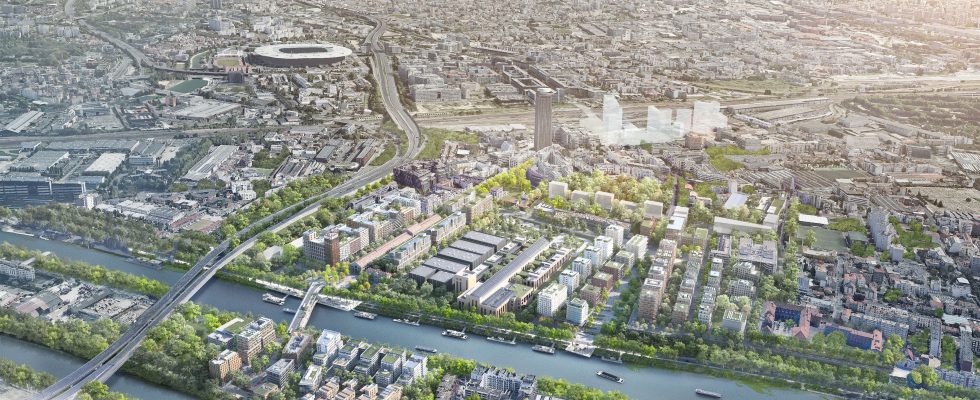They are called “white elephants”. Clearly, sumptuous projects inaugurated with officials in full dress and forceful drum rolls… before turning into a financial abyss. But taxpayers, don’t panic: nothing like this awaits you after 2024! This is at least what the State and the local authorities guarantee us. It is indeed with this obsession in mind that the Paris Olympics are prepared.
An example ? See the future athletes’ village. In a year, it will house some 20,000 athletes, true gods of the stadium, vying for medals, seeking excellence, sometimes bordering on the sublime. But the adventure of this site like no other, straddling the towns of Saint-Denis, Saint-Ouen and L’Ile-Saint-Denis, will not stop there. In 2026, it is supposed to be transformed into a real district, welcoming no less than… 6,000 inhabitants and 6,000 employees.
Each building will have two successive lives
Those responsible for this project therefore had to engage in a very particular exercise: plan for each building two successive lives, the first for the Olympic Games themselves and the second for the decades that will follow. “The notion of heritage is fundamental for us, underlines Armelle Richardot, the program director of the Olympic equipment delivery company (Solideo), which supervises all the works. Each place has been designed to be converted from the end games.”
Three other fundamental principles guided the managers of this extraordinary company, starting with “universal accessibility”. The idea is simple: everyone should be able to access all the sites, even if they have a motor or cognitive disability. It is more complex to achieve, but the objective, we are assured, will be met. Thus, the Aulnay-sous-Bois aquatic training center will have a kennel so that blind people can come there with their dog.
Rely first and foremost on local actors
The second priority, much more expected, concerns ecology. All the buildings would have been designed so that their future inhabitants live there comfortably in 2050, despite the announced rise in temperatures. The last rule consisted in relying as much as possible on the players in the field, which is why Solideo does not carry out the works directly. “This task has been devolved to elected officials because they are the ones who best know the needs of their city in the medium term”, resumes Armelle Richardot. A way, too, to avoid the white elephants.
An article from the special issue of L’Express “The new territories of the Olympic Games”
